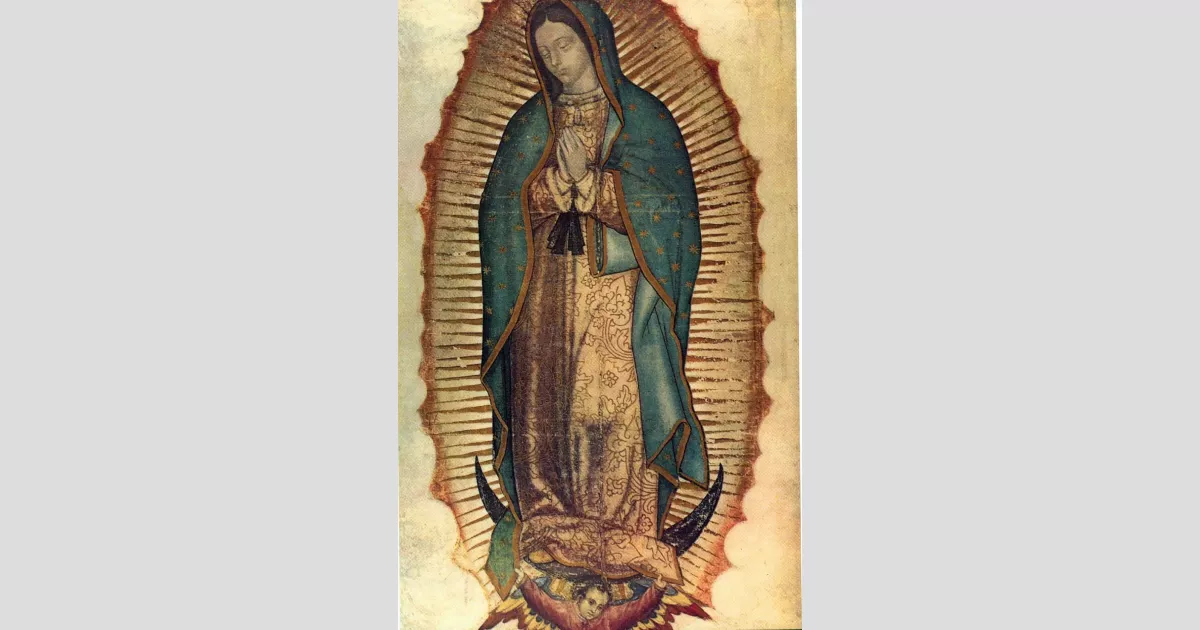Our Lady of Guadalupe refers to the Marian apparitions in December 1531 in Mexico. The Virgin Mary appeared to Juan Diego and his uncle, Juan Bernardino. This title is a significant symbol within the Catholic faith, particularly in Mexico, where the events took place during the Spanish Empire's rule. The apparitions and the image associated with Our Lady of Guadalupe hold deep religious and cultural importance.
1910: Use of Guadalupan Flags in Mexican Revolution
In 1910, during the Mexican Revolution, Emiliano Zapata led his armed forces with Guadalupan flags emblazoned with an image of Our Lady of Guadalupe, symbolizing her role in national identity. This event in 1910 underscores the Virgin's importance as a symbol of Mexican identity.
1912: Guadalupan Banners Carried in Mexico City
In 1912, Emiliano Zapata's peasant troops carried Guadalupan banners when they penetrated Mexico City, demonstrating her symbolism in their movement. This event in 1912 illustrates the Virgin's importance as a symbol of Mexican identity and resistance.
November 14, 1921: Bombing of the Basilica
On November 14, 1921, a bomb exploded at the Basilica, damaging the altar but leaving the tilma unharmed. A bent crucifix from the explosion is now considered miraculous by devotees. This event on November 14, 1921, highlighted the Virgin's resilience amid anti-Catholic sentiment.
1947: Examination of the Image by José Antonio Flores Gómez
In 1947, art restorer José Antonio Flores Gómez examined the image and observed a large crack in the paint, along with signs of touch-ups, leading him to believe it was of human origin. The inspection conducted in 1947 led to certain conclusions about the image's creation.
1966: Pilgrimage from Delano to Sacramento
In 1966, Cesar Chavez led a famous pilgrimage from Delano to Sacramento under a banner with the image of Our Lady of Guadalupe, drawing national attention to the cause of the United Farm Workers Union. This pilgrimage in 1966 was a significant event.
1974: Octavio Paz's statement on faith
In 1974, Nobel Literature laureate Octavio Paz wrote that "The Mexican people, after more than two centuries of experiments and defeats, have faith only in the Virgin of Guadalupe and the National Lottery.". Octavio Paz wrote about the importance of the Virgin of Guadalupe in 1974.
October 1976: Shrine raised to Minor Basilica
In October 1976, Pope Paul VI elevated the shrine to the status of Minor Basilica through the Pontifical decree Sacra illa Ædes. This Basilica is now the most-visited Catholic shrine globally and the world's third most-visited sacred site, marking a significant moment in October 1976.
1976: Image Housed in New Basilica
In 1976, upon completion of the new basilica in Mexico City, the image of Our Lady of Guadalupe was moved and has been housed above the main altar in a golden frame. This relocation in 1976 marked a significant moment in the image's history.
1979: Infrared Examination of the Tilma
In 1979, Philip Serna Callahan examined the tilma using infrared photography. Jody Brant Smith noted that no preliminary sketches were found, suggesting a near-miraculous creation process. This examination, conducted in 1979, supported the idea that while there were additions to the image, the original parts had no explainable origin.
1981: Infrared Examination by Callahan and Smith
In 1981, Philip Serna Callahan and Jody Brant Smith examined the image under infrared light. They found no trace of sizing or sketching underneath the paint, leading them to conclude that the original parts of the image had no explanation for their creation or preservation. This infrared examination in 1981 provided insights into the image's composition.
1982: Study by José Sol Rosales
In 1982, José Sol Rosales of the Instituto Nacional de Bellas Artes y Literatura studied the image and concluded that the tilma was made of linen and hemp prepared with white paint. He also noted various styles of tempera and natural pigments used, along with touch-ups and repainting. Sol Rosales' study in 1982 provided detailed analysis of the image's materials and techniques.
1987: Juan Diego Declared Venerable
In 1987, the Congregation for the Causes of Saints declared Juan Diego "venerable". This event in 1987 marked a significant step toward his eventual beatification.
May 6, 1990: Beatification of Juan Diego
On May 6, 1990, Pope John Paul II announced the beatification of Juan Diego during a Mass at the Basilica of Our Lady of Guadalupe in Mexico City. Juan Diego was declared the "protector and advocate of the indigenous peoples", with December 9 established as his feast day. The beatification on May 6, 1990, was a landmark event.
1991: Cisneros's 'Little Miracles, Kept Promises'
In 1991, Sandra Cisneros published the short story "Little Miracles, Kept Promises", featuring notes to Our Lady of Guadalupe and her connection to the Aztec Earth goddess Tonantzin. In 1991 Sandra Cisneros highlighted the syncretic connection between the Aztec goddess and the Mexican saint.
1994: Underwood's Artworks on Immigration
In 1994, Consuelo Jimenez Underwood created artworks such as 'Sacred Jump' and 'Virgen de los Caminos' embedding the image of Our Lady of Guadalupe to comment on immigration politics. These artworks created in 1994 highlight the Virgin's role in political discourse on immigration.
1995: Subcomandante Marcos Writes Humorous Letter
In 1995, EZLN spokesperson Subcomandante Marcos wrote a humorous letter describing the EZLN bickering over what to do with a Guadalupe statue they had received as a gift. This letter in 1995 illustrates the Virgin's continued presence in contemporary Mexican culture and political movements.
1995: Announcement of the Codex Escalada
In 1995, Father Xavier Escalada announced the existence of the Codex Escalada, a document containing an illustrated account of the vision and notations about Juan Diego's life and death. This announcement in 1995 brought renewed attention to the historical details surrounding the apparition.
1996: Abbot Schulenburg Forced to Resign
In 1996, Guillermo Schulenburg, the abbot of the Basilica of Guadalupe, was forced to resign after questioning the historical reality of Juan Diego. Schulenburg's comments in 1996 sparked controversy regarding the historicity of Juan Diego.
1997: Publication of Guadalupe Encyclopedia Appendix
In 1997, the Codex Escalada became the subject of an appendix to the Guadalupe encyclopedia. This publication in 1997 further disseminated information about the codex and its potential significance.
1999: Titles Given by Pope John Paul II
In 1999, Pope John Paul II bestowed the titles of "Empress of Latin America" and "Protectress of Unborn Children" upon the Virgin of Guadalupe. This recognition in 1999 solidified her significance across the Americas.
1999: Church Proclaims Titles
In 1999, the Church officially proclaimed the Virgin of Guadalupe as the Patroness of the Americas, the Empress of Latin America, and the Protectress of Unborn Children. This proclamation in 1999 reinforced her significance across the Americas.
2002: Interview with José Antonio Flores Gómez
In 2002, art restorer José Antonio Flores Gómez spoke about his experience working on the image in 1947 and 1973 in an interview with Proceso magazine. Flores Gómez discussed his work restoring the image in a 2002 interview.
2009: Record Pilgrimage to the Basilica
Over the Friday and Saturday of December 11 to 12, 2009, a record number of 6.1 million pilgrims visited the Basilica of Guadalupe in Mexico City to commemorate the anniversary of the apparition. This pilgrimage in 2009 set a record for visitors to the Basilica.
2010: Hernandez's 'Wanted' Screen Print
In 2010, Ester Hernandez created a screen print titled 'Wanted' featuring the image of Our Lady of Guadalupe commenting on immigration politics. This artwork created in 2010 contributes to the contemporary discussion on immigration.
2013: Release of 'The Blood & The Rose' Documentary
In 2013, the documentary "The Blood & The Rose", directed by Tim Watkins, investigated the image and its alleged apparition. This documentary released in 2013, contributes to ongoing analysis of the image and its origins.
Mentioned in this timeline
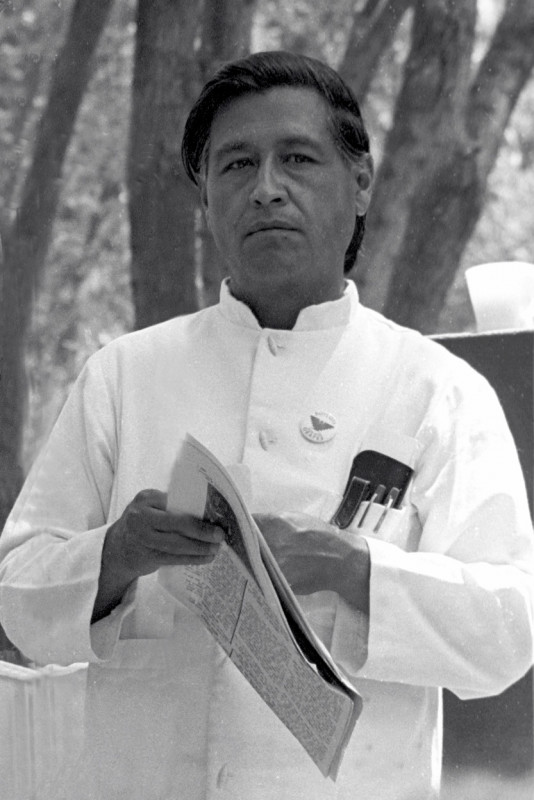
Cesar Chavez was a prominent American labor leader and civil...
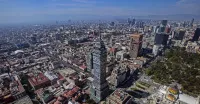
Mexico City is the capital and largest city of Mexico...
Mexico officially the United Mexican States is a North American...
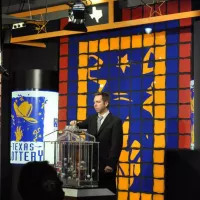
A lottery is a gambling system where numbers are randomly...
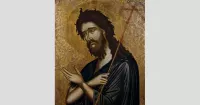
In Christianity a saint is a person recognized for exceptional...
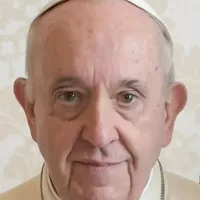
The Pope is the Bishop of Rome and the head...
Trending

1 month ago Trump Threatens US Military Action in Nigeria; Nigeria Rejects the Intervention
2 months ago Carter Hart Signs with Vegas Golden Knights After Acquittal, Gets Second NHL Chance
14 days ago Mario and Courtney Lopez celebrate 13 years of marriage with loving tributes.

1 month ago Biden Criticizes Trump's Democracy Stance, Addresses Shutdown, and Attends Ben Nelson Gala.
9 months ago Olivier Rioux's Height Stuns Fans in Viral Photo with Tracy Wolfson

9 months ago Kevin Kiley faces constituent pressure, hosts virtual town hall after criticism.
Popular

Candace Owens is an American conservative political commentator and author...

Ilhan Omar is an American politician currently serving as the...

XXXTentacion born Jahseh Dwayne Ricardo Onfroy was a controversial yet...

Tucker Carlson is an American conservative political commentator known for...

Charles James Charlie Kirk was a prominent American right-wing political...

Bill Gates an American businessman and philanthropist revolutionized personal computing...
